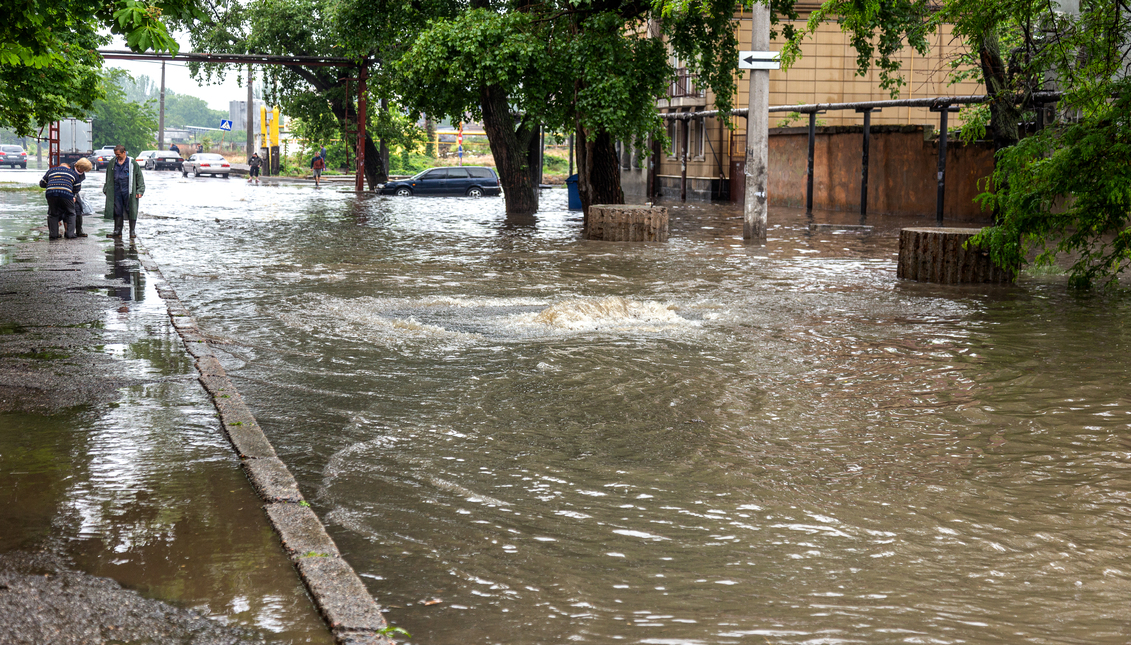
Attention: 'La Niña' threatens to reappear at the end of the year
The World Meteorological Organization, WMO, announced that the climatic phenomenon could resurface after having ended it last May.
"Temperatures in land areas are expected to be above average during the period between September and November, especially in the northern hemisphere," reads a recent report from the World Meteorological Organization, WMO, which, despite climate change, generated surprise because the phenomenon ended in May 2021.
A weak #LaNiña event may re-emerge later in 2021 for the second consecutive year, with the risk that precipitation patterns may worsen existing drought and increase the risk of flooding in different parts of the world. https://t.co/MOxktpT792 pic.twitter.com/eZSe7e4EfV
— World Meteorological Organization (@WMO) September 9, 2021
La Niña, which usually occurs between every two and seven years, impacts a large portion of the planet and stands out for its increase in variations of atmospheric pressure, winds and rainfall, which lead to an increasingly cold climate and long periods of heavy rain.
According to the organization, this phenomenon "produces a large-scale cooling of the waters of the oceanic surface in the central and eastern areas of the equatorial Pacific, in addition to other changes in the tropical atmospheric circulation."
RELATED CONTENT
“This has happened in recent months in almost every region of the world, with devastating and tragic effects. Climate change is accentuating the severity and frequency of disasters,” added Taalas, pointing out the recent consequences that have been reported throughout the world, such as the monumental fires currently affecting the United States and large regions of Europe, as well as the strong impact of Hurricane Ida that devastated parts of the south of the country and left New York and its neighboring states underwater.
The World Meteorological Organization estimates that there is a 40% chance La Niña will re-emerge after the phenomenon was declared over in May. Likewise, it thinks the average temperature of the Earth in the northern hemisphere especially, should be higher in the period from September to November.
Over the same period of time, the organization pointed out that in the event La Niña reappears, it will surely do so in a weak manner thanks to the increase in sea surface temperature.
According to their data, the increase would be above average in East-Central North America, the extreme north of Asia and the Arctic, as well as in Central and Eastern Africa and Southern South America. For its part, below normal rainfall is expected in southern South America, a region between the Mediterranean and the Arabian peninsula, in Central Asia, as well as South-Central and Eastern Africa.











LEAVE A COMMENT: